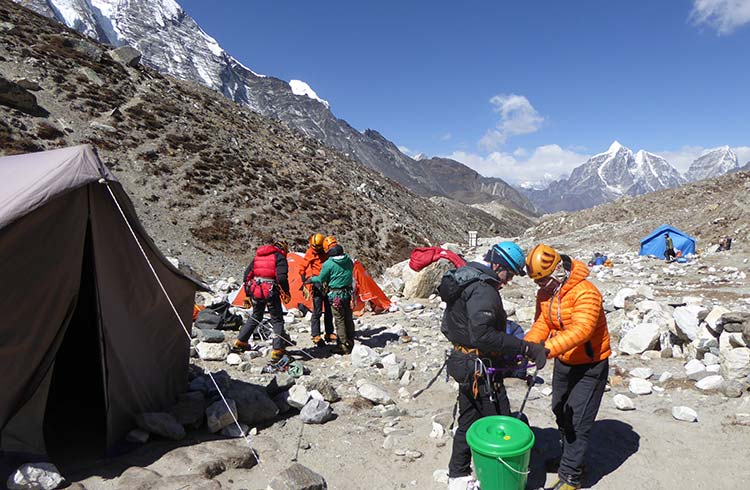Embarking on a high altitude trek in Nepal is a thrilling and rewarding adventure. The breathtaking landscapes and majestic mountains create an unforgettable experience. However, trekking at high altitudes comes with its own set of challenges and risks. To ensure a safe and enjoyable journey, proper preparation and adherence to safety protocols are essential. In this article, we will provide you with valuable tips to prepare for high altitude trekking in Nepal.
Physical Fitness and Training
High altitude trekking requires excellent physical fitness. Engage in regular exercise routines that include cardiovascular exercises and strength training to build stamina and endurance. Additionally, undertaking hiking or walking on hilly terrain can help simulate the conditions you will face during the trek. Consult with a healthcare professional before commencing any strenuous physical activity.
Acclimatization and Gradual Ascent
Altitude sickness is a serious concern when trekking at high altitudes. Acclimatization is the key to avoid altitude-related illnesses. Plan your itinerary to allow for gradual ascent, giving your body time to adjust to changing altitudes. Spend extra nights at specific acclimatization points to minimize the risk of altitude sickness. Pay close attention to your body’s signals and do not ignore symptoms like headaches, dizziness, nausea, or difficulty breathing.
Hydration and Nutrition
Staying hydrated is crucial at high altitudes. Drink plenty of fluids throughout the trek, including water, herbal tea, and electrolyte-rich drinks. Avoid excessive intake of caffeine and alcohol as they can contribute to dehydration. Carry high-energy snacks like nuts, energy bars, and dried fruits to nourish your body during the trek. A balanced diet with carbohydrates, proteins, and healthy fats will help sustain your energy levels.
Proper Clothing and Gear
Invest in high-quality trekking gear suitable for high altitudes. Layered clothing is essential to adjust to changing temperatures. A moisture-wicking base layer, insulating mid-layer, and waterproof outer shell are recommended. Wear comfortable and sturdy trekking boots that provide ankle support and have a good grip. Don’t forget to bring essential items like a warm hat, gloves, sunglasses, sunscreen, and a backpack with a rain cover.
Trekking Permits and Insurance
Ensure that you obtain the necessary permits before commencing your high altitude trek in Nepal. The most common permits required are the TIMS (Trekkers’ Information Management System) card and the national park or conservation area entry permit. Additionally, having travel insurance that covers high altitude trekking is highly recommended. Read the policy carefully and make sure it includes emergency medical evacuation.
Hiring a Knowledgeable Guide or Porter
Consider hiring a knowledgeable guide or porter for your high altitude trek. They are familiar with the terrain, weather conditions, and safety protocols. A qualified guide can provide valuable information, help with navigation, and assist in case of emergencies. A porter can ease the burden of carrying heavy equipment, allowing you to focus on the trek itself.
Conclusion
High altitude trekking in Nepal offers unparalleled beauty and a sense of adventure. However, it is crucial to prepare yourself physically and mentally, prioritize safety, and be aware of the risks associated with high altitudes. By following these preparation and safety tips, you can ensure a safe and memorable journey as you explore the majestic mountains of Nepal.




